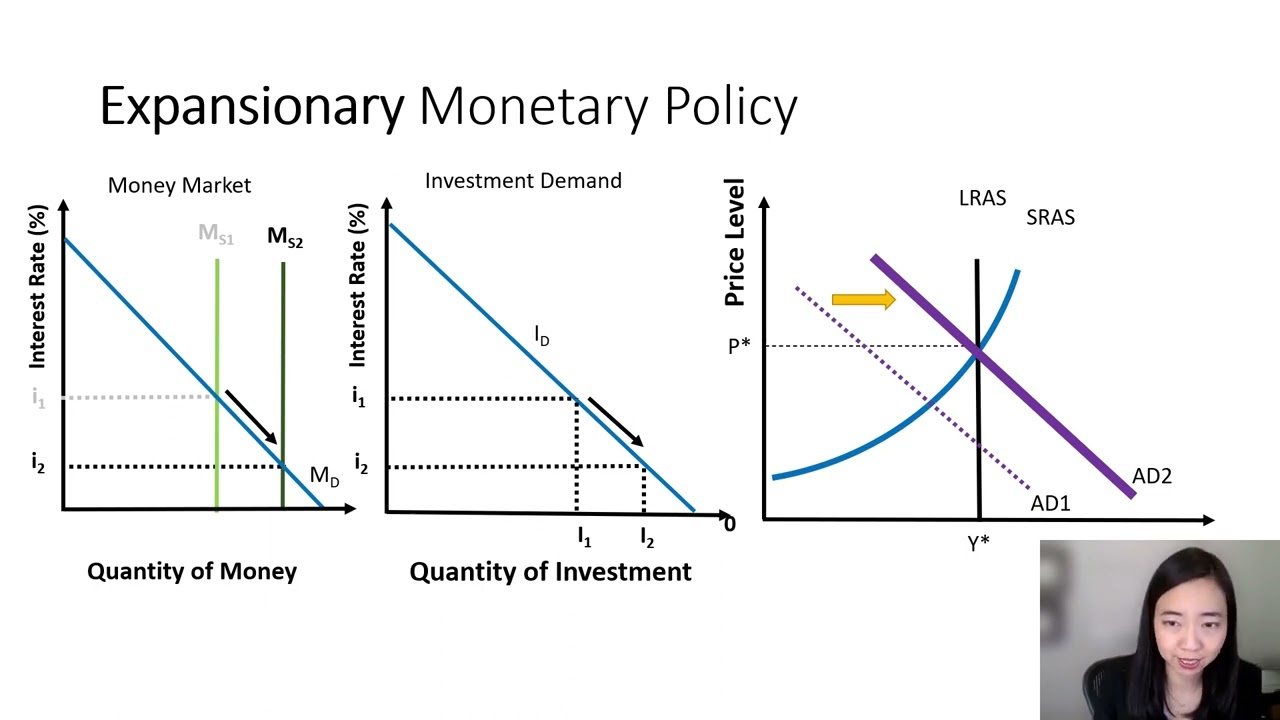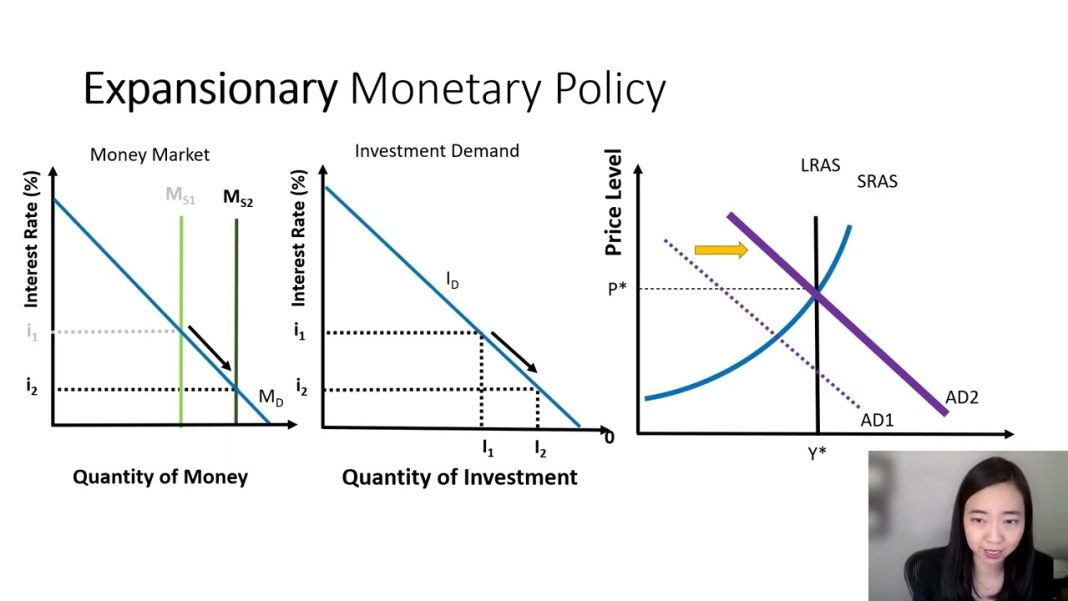
European Central Bank Implements Gradual Monetary Easing Approach
The European Central Bank (ECB) recently made the decision to cut interest rates in response to lower inflation and slowing economic growth. This move indicates a cautious approach to monetary easing. The ECB’s governing council voted to lower the benchmark interest rate, known as the deposit facility rate, by 25 basis points.
In a joint statement, ECB President Christine Lagarde and Vice President Luis de Guindos explained that the decision was based on their assessment of the inflation outlook, underlying inflation dynamics, and the strength of monetary policy transmission. They emphasized the need to moderate the degree of monetary policy restriction.
This rate cut brings the rate that the ECB pays on bank deposits from 3.75 percent to 3.5 percent. Despite the decrease, this rate is still considered restrictive and has a cooling effect on the economy. It is the second rate cut in three months, signifying a gradual normalization of the ECB’s monetary policy following a period of high inflation.
Recent inflation data aligned with expectations, with staff projecting that the headline pace of inflation will average 2.5 percent in 2024 before falling to 2.2 percent in the following year. The Governing Council acknowledged that domestic inflation remains high due to rising wages, although labor-cost pressures are easing. However, tight financing conditions have led to weak private consumption and investment, resulting in subdued economic growth.
The ECB forecasts a modest growth rate for the eurozone economy, with a projected increase of 0.8 percent in 2024, followed by 1.3 percent in 2025 and 1.5 percent in 2026. These figures represent a slight downward revision from previous forecasts, primarily due to weaker domestic demand in the near term.
While the interest-rate reduction was widely anticipated, there is uncertainty regarding future rate cuts. The ECB stated that it will not commit to a specific rate path but instead adopt a flexible approach, making decisions based on incoming economic data. This uncertainty stems from the expectation that inflation will rise again in late 2024, as the annual rates will no longer include previous sharp energy price increases. Additionally, core inflation, which excludes energy and food, is projected to be higher than previously anticipated for both 2024 and 2025, mainly due to higher-than-expected services inflation.
Analysts at ING believe that the ECB will eventually implement rate cuts at a quicker pace, but likely not until next year. Carsten Brzeski, global head of macro at ING Research, explained that the delay is due to current German wage negotiations and increasing selling price expectations, which indicate some stickiness of inflation. He added that the ECB has a history of underestimating inflation while overestimating economic growth projections. As incoming data on the economy becomes available, it is expected to support a faster pace of interest rate reductions.
In conclusion, the ECB’s recent rate cut reflects its cautious approach to monetary easing in response to lower inflation and slowing economic growth. While the central bank is not pre-committing to future rate cuts, analysts anticipate a more aggressive approach in the future as economic data may reveal a bleaker growth outlook. The ECB aims to ensure that inflation returns to its medium-term target of 2 percent and will maintain sufficiently restrictive policy rates as necessary to achieve this goal.


